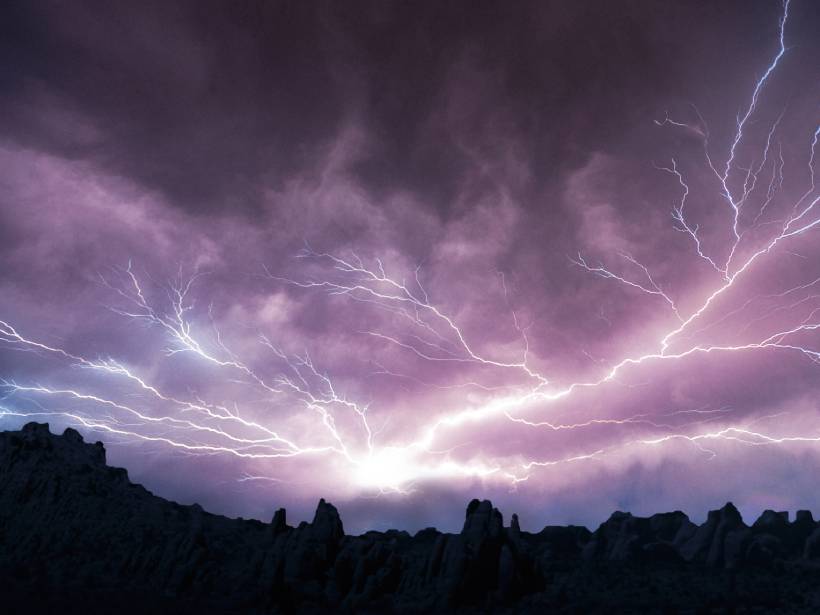Handlebars
Well-Known Member
- Region
- Canada
Maybe, maybe not.Here’s another manifestation of the existential crisis.
They didn't just count, you know. To account for
they applied some "adjustments"the network’s roughly tenfold increase in detection efficiency since its inception in 2004,
and of course, they chose and cherry picked
Holzworth and his colleagues furthermore limited their analysis to strokes recorded in June, July, and August since lightning activity is highest in summer months.
meanwhile others do not find it
Researchers at Vaisala recently analyzed archival data from the Global Lightning Detection Network (GLD360), which they own and operate. Between 2012 and 2020, they didn’t find a substantial increase in the fraction of lightning occurring over the Arctic. However, they acknowledge that their data set spans a shorter time period than the WWLLN data that Holzworth and his colleagues analyzed.

Arctic Lightning Up 300% in One 11-Year Study - Eos
The increase may be due to climate change, researchers suggest, but the trend hasn’t been observed in other lightning data sets.
 eos.org
eos.org
Last edited:

